
Baldur's Gate 3 Review
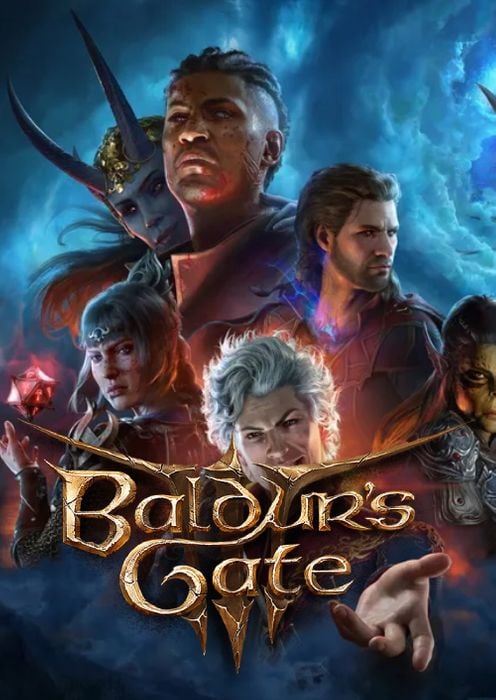
Pros
- Memorable storytelling
- Beautiful, immersive world
- Top-tier voice acting
- Impressive technical features
- Good value & replayability
- No fluff, filler, or pay-to-win features
Cons
- Lack of polish in Act 3
- Jumbled quest journal
- Minor bugs and glitches
Baldur’s Gate 3 released roughly one month earlier than Larian Studios originally intended, partly to offset the conflict that would’ve come from being released so close to Starfield. Although each game may have slightly different player bases, this was a clever move to ensure that as many people as possible would be ready to jump into the world of Faerûn and experience what it had to offer before being whisked off to the stars. A few theorycrafting videos later (not to mention the promise of erotic bear encounters), and it quickly became clear that Baldur’s Gate 3 was about to become something much more than a way to fill your time before Starfield.
The hype train set off rather suddenly for this one, but we’re here to tell you that the craze is more than justified for a game that offers countless hours of captivating gameplay and immersive storytelling. A handful of relatively minor gripes reveal that it’s not necessarily the perfect CRPG that some have claimed, but it’s damn near close in terms of what can be reasonably expected for a game of this size, especially when compared with some of its competitors.
Overlooking Baldur’s Gate, Baldur’s Gate 3.
It should be noted that this review is based on an experience of the game as of Patch 1 on PC. Larian Studios have commited to addressing a number of issues in subsequent patches, and they don’t seem to be slowing down. We greatly appreciate this level of commitment to a game that the developers clearly love as much as its players.
Character Creation - The Good and the Bad
The first thing that you’ll encounter in Baldur’s Gate 3 is the character creation system. At its core is the capacity to choose between twelve main classes, each with their own unique features, and the potential to assign them to different subclasses. This makes for an impressive amount of choice in terms of combat styles and preferences, and it’s made all the more expansive when you consider the prospect of multiclassing. DnD veterans will be familiar with this concept, but in the simplest of terms: it means that you can choose to spec your character in more than one primary class, and there are few limits to how far you can take this. In theory, if you want a level in each of the main classes, there’s nothing to stop you other than the protests of your friends when they find out that you’ve made a jack of all trades who excels at nothing.
But for all of the abundance in choice for classes, the fine details related to changing things like facial and body features are surprisingly limited. For each of the eleven races, there are only eight presets of face and body types. You can change some details such as maturity, freckles, eye color, makeup and body art, but the only category with satisfying variables is the hairstyles. You’re out of luck if you want to alter the shape of your nose, ears, mouth, or other proportions. What isn’t lacking is the ability to change your genitals, which feels a bit pointless when they are so rarely seen. Overall, the priorities in character customization (beyond class selection) feel a bit skewed, but the focus here is clearly on the potential to create unique builds based on a tweaked version of DnD 5th edition.
(1 of 2) The customization features for classes are impressive, but not so much when it comes to appearance.
The customization features for classes are impressive, but not so much when it comes to appearance. (left), You can choose between one of seven premade origin characters to play through the story. (right)
Story - A Rich, Compelling Narrative
The setting for Baldur’s Gate 3 takes place in three main regions: The Wilderness, the Shadow-Cursed Lands, and the eponymous Baldur’s Gate itself, each one representing a transition in three main phases of the story. There are more adventures to be had within each of these regions than you can possibly fit into a single playthrough, and not just because there are so many options for different types of characters, companions, and playstyles. There’s essentially no fluff to be found in this game: everything you do has a consequence, from the immediate circumstances that you find yourself in, to the ripples of change that will continue to influence your particular tale even in the last phases of the game. Nothing feels like it’s there just to fill space, and everything you touch can contribute to outcomes in the story that you may not have anticipated.
If the close-minded zealotry of Shadowheart rubs you the wrong way, you can slowly guide her to a point where she’s able to confront the demons of her past and choose her own way in life.
Dynamic Companions
The level of detail imbued in almost every character or item that you encounter is at times so granular that your companions will even comment on the gear you choose to wear. If you’re showing off something which flies in the face of their ideals, they’ll let you know about it, and it can change the course of your relationship. The dialogue in general rarely feels static, and it shines most brightly when your companions respond to things you do for them, such as presenting a sample of their favorite flower. If you make someone happy or angry, they’ll remember it, which is particularly important for the romance side of things.
There’s a great deal of freedom in who and how you romance characters in Baldur’s Gate 3. You can begin this process from the start by doing things which specific companions approve of. A companion is more likely to approve if you do things which align with their values, but you’ll need to pay close attention to how they interact with the world to learn more about what they think and feel. If you consistently do things which upset your companions, your chances of romancing them will quickly diminish, and they may even leave your party for good. In this way, the characters feel like active participants in the world, rather than a stale means to fit an overly contrived narrative.
The companion system is at the heart of any single-player experience in Baldur’s Gate 3, and each companion is tied to the story in ways which encourage you to make decisions about their development. There are 10 main companions that you can invite to your party, but you can only have three at any given time (or four if you’re playing as one of them). Their personalities are varied, compelling, and sometimes perceived as deeply flawed depending on your own moral sensibilities. The capacity to influence the way they grow and change is one of the great joys of playing with them, and their personal quests always feel relevant to what’s happening in the world.
The extent to which you can change the path of your companions is reflected in how you have the option to convince them to do things differently, even in ways which contradict their natural disposition. If you don’t like the apparent selfishness of Astarion, for example, you can convince him to be more generous. If the close-minded zealotry of Shadowheart rubs you the wrong way, you can slowly guide her to a point where she’s able to confront the demons of her past and choose her own way in life. Or, if terrorizing innocent folk is more your thing, The Dark Urge is always waiting, and your companions can be convinced to indulge in unspeakable depravities.
The ever-changing nature of what you and your companions represent is in your control throughout the story, even up until the final choices that you make in whatever tale you’ve chosen to weave for a particular playthrough. The world and its inhabitants will always be somewhat familiar in their basic composition, but there are essentially no restrictions to the ways you can relate to them. This doesn’t mean that your companions can be manipulated like plasticine: they can be encouraged to change, but they retain their own judgments of you and the world. All of this brings life to the characters, and that’s only enhanced by the excellent motion capture and voice overs which often accompany them (more on that later!).
(1 of 2) Your companions will respond to actions that you take in different ways.
Your companions will respond to actions that you take in different ways. (left), There’s plenty of history and lore to dig into relating to the main story and the world in general. (right)
As good as the storytelling in Baldur’s Gate 3 is, it’s not without its problems. These are relatively few considering the scale of the game, but they have the potential to sour the experience for some. If you’re a stickler for consistency, the comparative lack of polish encountered in parts of Act 3 may be difficult to swallow. With that said, the developers are aware of these issues, and they’ve openly expressed their desire to fix them in future patches. To that end, a refinement of Act 3 with the same level of detail that can be found in the previous two acts would put the cherry on top of a rather substantial cake, and we look forward to eating it in subsequent playthroughs.
There are other inconsistencies when it comes to the depth of characters, specifically villains, in Act 3. There’s a noticeable difference between them and the way the main villain of Act 2 relates to the world. The latter fits into the narrative in a much more natural and engaging way, especially because they share history with the places you visit, and the characters you encounter. Still, the story of this game isn’t exclusively told through its main acts, and much of what makes it great comes in the form of side adventures which have been constructed with an admirable level of care and detail. If you beeline for the main story, you’re missing out on a lot of content that provides it with context, especially if you refuse to read some of the many books and notes of lore that are richly scattered around every environment.
One of our favorite side adventures involves the menacing presence of a predatory hag. She first makes an appearance in Act 1, and there’s an enticing subplot associated with her which fits into the broader narrative. She’s known to other characters in the world, and you can discover clues about where she lives, how she preys upon the innocent, and how you might be able to stop her for good. There are multiple ways of dealing with her during your first encounter, and the methods you chose will be remembered by others in Act 3, so long as you keep the key characters involved alive. Your life will be made easier if you made the right choices in your first encounter, but you’ll be left guessing otherwise. A perfect example of the butterfly effect which you always have to consider with your actions in this game.
Gameplay - Make Your Own Way
Baldur’s Gate 3 doesn’t really have a gameplay loop as such. It’s more of a continuous narrative with numerous diverging threads. You’ll have access to the same group of starting quests on any playthrough, but as you make different choices more quests will become available, and others will become inaccessible if you make enemies of specific characters. You can kill almost any NPC that you encounter in the game, but not without consequences. You’ll also find that attempting this in specific areas will condemn you to certain death, since there are generally more NPCs allied in a given area than you can handle, at least early on. The experience of combat can feel a bit brutal for those inexperienced in CRPGs initially, but it gets easier as you gain access to more skills and better gear.
There’s plenty of fun to be had in a single-player campaign, but playing with others in multiplayer brings a new dimension to both combat and dialogue.
Brains over Brawn, Or Not…
One of the great joys of the game comes from talking your way out of sticky situations, as much as fighting your way out of them. If you invest at least one character with high charisma and persuasion stats, you’ll have a good chance of convincing others not to fight, and potentially win them over to your side. This provides an alternative route through much of the game for those who prefer to use brains over brawn. Still, you’d be missing out on a lot of fun if you tried to avoid combat at all costs. The freedom to approach different combat situations in unique ways is part of what makes it so engaging. You can utilize stealth, various forms of magic, shapeshifting, or sheer brute force if you prefer.
The options for combat don’t end with the innate capabilities of your characters, either. You can manipulate aspects of the environment to your advantage, but you need to be clever about it. You’ll often find flammable items that can be used for controlled explosions, toxic substances which are useful for crowd control or damage over time, and weak points in structures that can be exploited to create hazards for enemies. The possibilities are limited only by your imagination, and countless videos on YouTube demonstrate this, such as by rigging an entire Goblin Camp with explosives to set off a chain reaction that kills everyone around in unbridled chaos.
DnD in Real Time
There’s plenty of fun to be had in a single-player campaign, but playing with others in multiplayer brings a new dimension to both combat and dialogue. It can be useful to combine the strategic thinking of multiple people, but if you’re feeling mischievous you can also do things with nefarious intent that will reliably result in a hilarious outcome for all involved. If you have multiple people in a group, each can vote on specific dialogue options that they prefer, allowing for some measure of democracy in how you navigate the world, but the host will always have the final say. You can each choose to play with a similar moral compass, or you can have distinct differences which create real drama. It’s the closest thing to having a small DnD group in gaming, without having to wait for all the tedious DMing that tends to take far too long.
Some Minor Irritations
In essence, the variety of choices available to you mean that no two playthroughs will ever be the same, and you’re never condemned to following a specific path once you begin to tread it. Actually navigating the world in this way feels like a proper adventure, but there are some issues with the way it’s organized. The quest journal, for example, is an unholy mess of overlapping objectives which are categorized in ways that don’t always make sense. A bunch of quests from a previous region may become unavailable after completing specific objectives, but you’re not always informed about which of these will be affected. The journal is also plagued with bugs at the point of writing this review, with some quests disappearing from the journal before you’ve completed all of their objectives. This is all entirely fixable with a dedicated patch to clean things up, so we hope that will arrive sooner rather than later.
(1 of 2) There are numerous ways to fight, talk, or sneak your way out of difficult situations.
There are numerous ways to fight, talk, or sneak your way out of difficult situations. (left), The quest journal is a bit of a mess as of patch 1, but we hope to see it fixed soon enough. (right)
The journal is a (sometimes) helpful guide, and not essential to your experience of adventuring in Faerûn, so these shortcomings can be forgiven in light of the complexity of the story. Still, there are other bugs which relate to the way your characters behave. For example, there are pivotal moments in the development of some characters, where a key aspect of their personality can permanently change. This speaks to the depth of character that you can expect to experience with them, but there are currently multiple occasions where the characters make comments about issues which have already been resolved, or they speak in ways which indicate existing loyalties to characters that they no longer support, thereby breaking immersion in ways that are difficult to shrug off.
Again, some of this is to be expected given the ambitious scale of the game, and if anything we’re surprised by how few of these bugs we encountered in light of that.
An Underdeveloped Crafting System
Overall, the gameplay leaves little to be desired. There are some elements which feel rudimentary and potentially overlooked in their development, such as the alchemy crafting system. I rarely felt the need to use it, since most of the things I could craft were readily available from looting or traders, but it’s a nice-to-have if you’re in a pinch. Personally I would’ve liked to see a bit more depth to the crafting system, potentially in the form of weapons and armor options to craft, but we can’t expect to have everything in a game that already offers so much, and there’s still an abundance of enticing loot in the form of unique items that can be earned by completing specific tasks. The welcome encouragement for the modding community may yet make this (and more!) a possibility in the future.
Graphics and Sound
Larian Studios decided to use their own Divinity 4.0 engine for Baldur’s Gate 3, an updated version of the one used for Divinity: Original Sin II. There was some concern that the game may appear too dated for a 2023 release, but after experiencing all it has to offer, it’s safe to say that those concerns were unfounded. The level of detail on display in most environments is astonishing, from the textures of cracked plasterwork in old houses, to the variations in colors seen in stonework, tiles, and wooden structures, giving them an aged appearance. There are few repeated patterns that can be detected, and most of these feel handcrafted with the care and love they deserve. There are some exceptions with the smallest items such as spoons and plates, which can feel a bit blocky and uninspired at times, but few will be dwelling on such items in a world this rich, and the good far outweighs the bad.
The characters in this game really come alive when you see them up close, expressing themselves in ways that convey genuine emotion.
Memorable Characters
One of the highlights in the way textures are handled can be seen in armor and weapons. There’s a real difference between armors that are made of leather and hide, and those which primarily use metals. The former have a suitably muted tone, while the latter sparkle whenever they meet a light source. This quality extends to skin and hair textures, both of which have plenty of variation to make you feel like you’re meeting unique personalities each time you encounter a new NPC. There are some unfortunate exceptions to this, where a basic template for a High Elf has been noticeably reused with different clothes thrown on, but this was experienced infrequently enough for it to be a minor issue. An often overlooked graphical feature is the presence of dirt and blood on character’s faces after a hard day of traveling and fighting, something to remind you that it’s time to set up camp and rest (which you should do frequently!).
The characters in this game really come alive when you see them up close, expressing themselves in ways that convey genuine emotion. This is achieved by having almost every unique character’s movements emulated by motion capture technology, and we really mean almost every character that you meet. As you might expect, the origin characters who will become your companions are the most well refined by this process, but it’s always a pleasant surprise when you briefly meet a character in isolation, who you may never see again, which has been brought to life in a memorable way using the same technology. Their facial expressions are often compelling enough, but it’s taken a step further with some of the best depictions of body language that we’ve ever seen in a game.
Outstanding Voice Acting
The level of detail used in the visual representation of these characters is matched by their voice acting. In this department, again, almost every NPC that you encounter (even the animals!) has its own unique voice, and the quality of acting on display here is outstanding. There’s rarely a performance heard that feels underwhelming or half-hearted, and Larian clearly did their due diligence when it came to getting the right people for the job. The main companions are particularly convincing in this regard, but as with the motion capture, you can expect to feel like you’ve just met a real personality that fits into the world with almost anyone that you encounter in the game. Personal favorites come in the form of the hag (aka Auntie Ethel), Kith’rak Voss, and Volo, but almost every example is worthy of praise.
(1 of 2) You can speak with almost any living thing in Baldur’s Gate 3, including animals!
You can speak with almost any living thing in Baldur’s Gate 3, including animals! (left), Even random characters that you can meet on the street have excellent voice acting and motion capture. (right)
With all that said, there are some limitations to the graphical features, and they unfortunately often relate to your own character. For obvious reasons, your character doesn’t have its own voice acting, aside from a few generic observations that they’ll make about the world in one of the limited voices that you can choose from in character creation. This isn’t so much a problem, since you have plenty of dialogue options to choose from which make you feel like you’re living and breathing that character. However, when it comes to facial expressions, they’re often jarringly inferior to other characters. Your character will often appear surprised with unnaturally raised eyebrows in most encounters, but they can also completely break immersion as they smile during a tragic scene.
The level of openness that Larian have shown in the way they address concerns from the community gives me confidence that these issues can be resolved in time, and they’re not so earth-shatteringly glaring as to be a dealbreaker, but still worth mentioning for a game that is otherwise driven by immersive technical features. There are limitations in terms of what their engine is capable of doing, but it feels like they’ve extracted every last drop of potential from it to bring the world and its inhabitants alive. You won’t soon forget the characters you meet in this game.
A Gamble That Paid Off
Larian Studios took quite the gamble when they decided to release Baldur’s Gate 3 in early access nearly three years prior to the full launch of the game. Although there was no clearly defined date for release until 2023, plenty of players were willing to spend £50 on an incomplete version. In doing so, they helped the developers to refine and expand the game based on community feedback. By almost all accounts, the gamble paid off. Even so, few expected Baldur’s Gate 3 to do quite so well as it has. When the impact of your game causes other developers to somewhat churlishly state that you’ve set unrealistic expectations, you know you’ve done something right.
This is not to say that all other games pale by comparison. There are different games which do different things in ways that work well for what they’re trying to achieve. But when it comes to CRPGs in general, BG3 just raised the bar and sent other studios grasping for its heights. The total lack of paid extra features and a reasonably short list of problems for a game of this scale is both refreshing and impressive. We can only hope that there’s more of this to come.
A new standard for CRPGs
Baldur’s Gate 3 is the perfect example of what a talented, passionate team which takes the time to listen to community feedback is capable of doing in gaming. They made all the right choices where it counted by getting the best people for the job, from the storytellers, actors, technical developers, and more. What we’re left with is a memorable experience that provides more value than many games which had a lot more money thrown at them, and the community has almost universally shown their appreciation for that. There isn’t much more to say other than more of the same, please.
Gameplay:
Sound:
Graphics:
Story:
Value Rating:

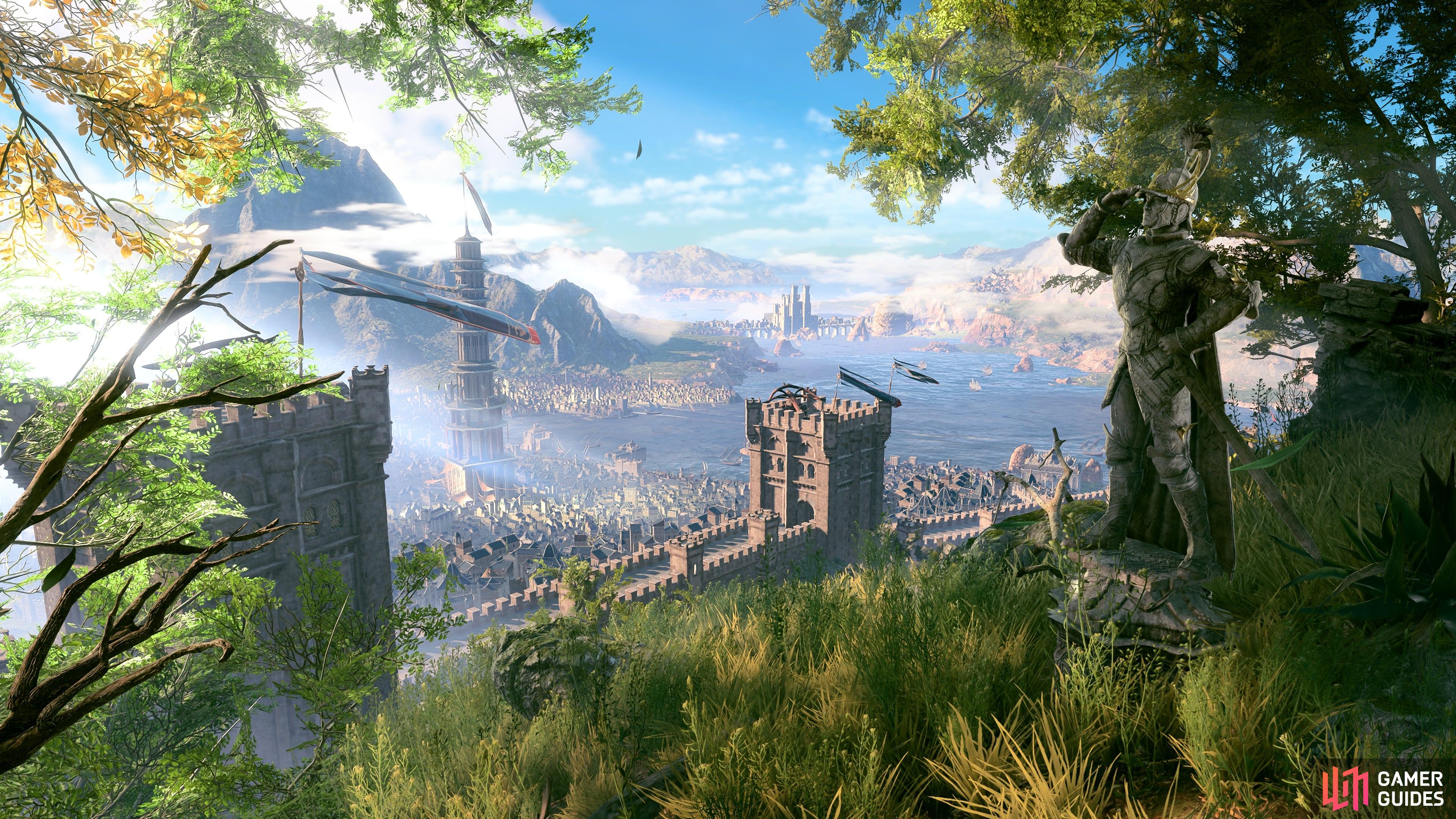
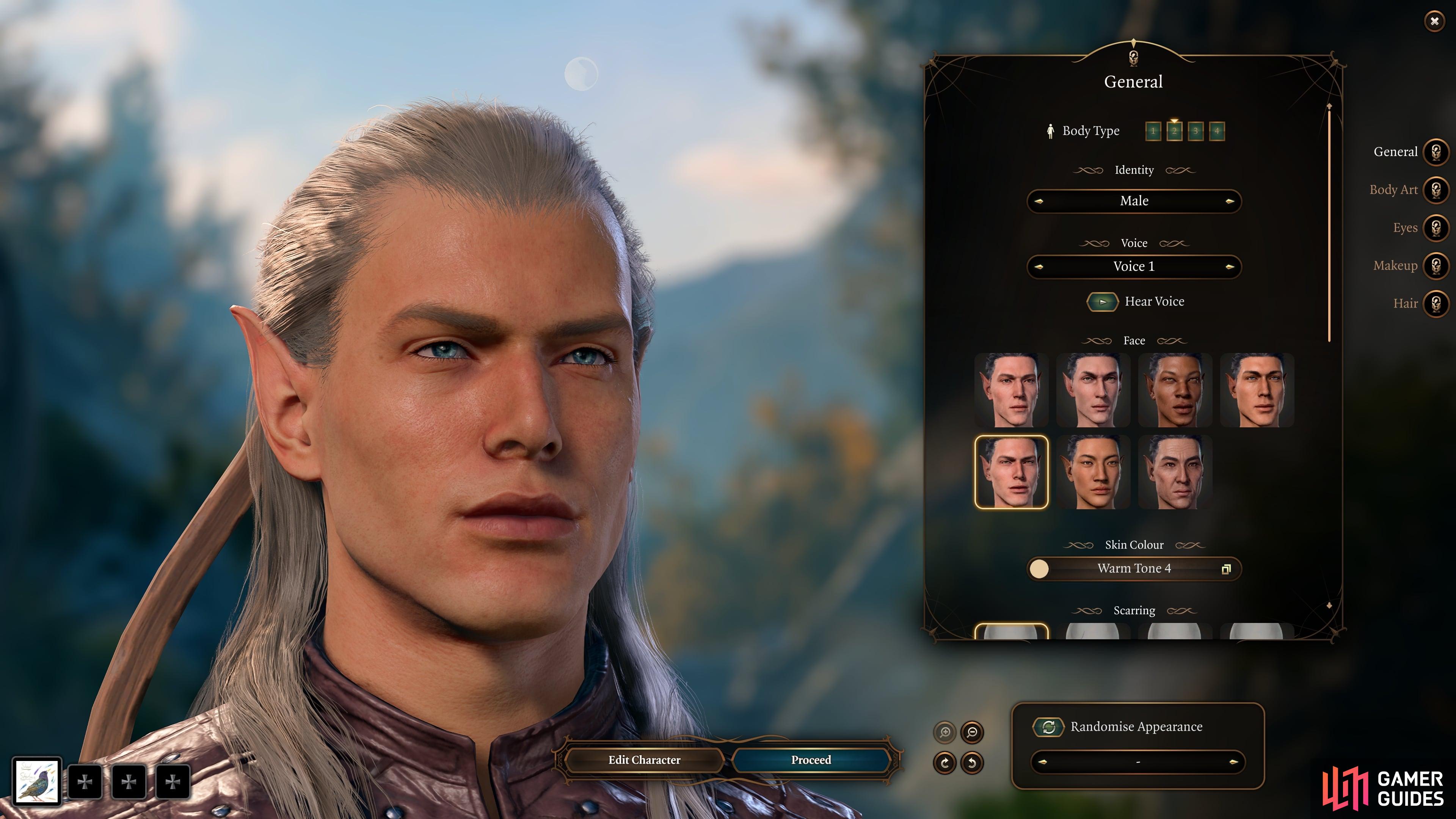
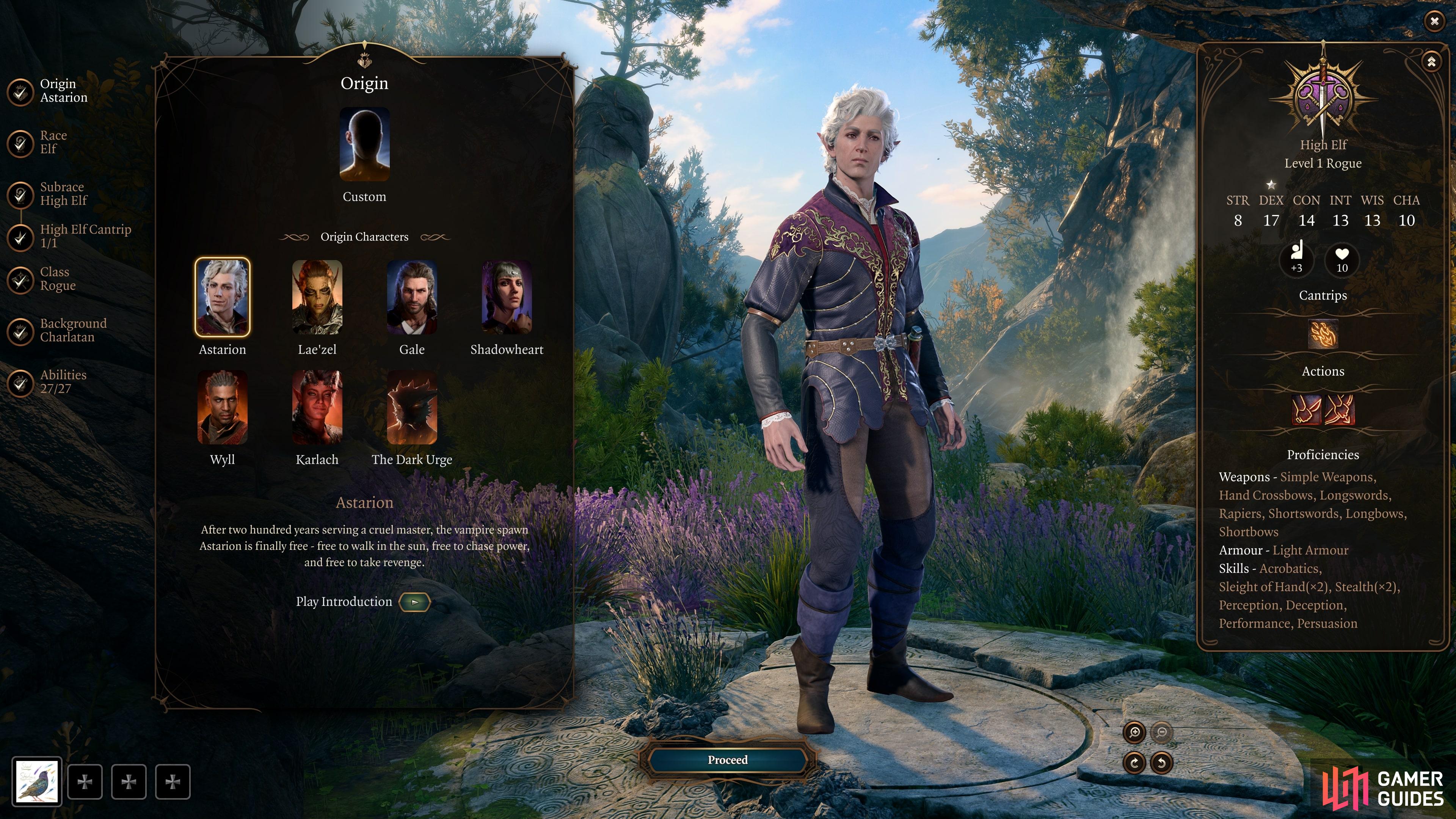
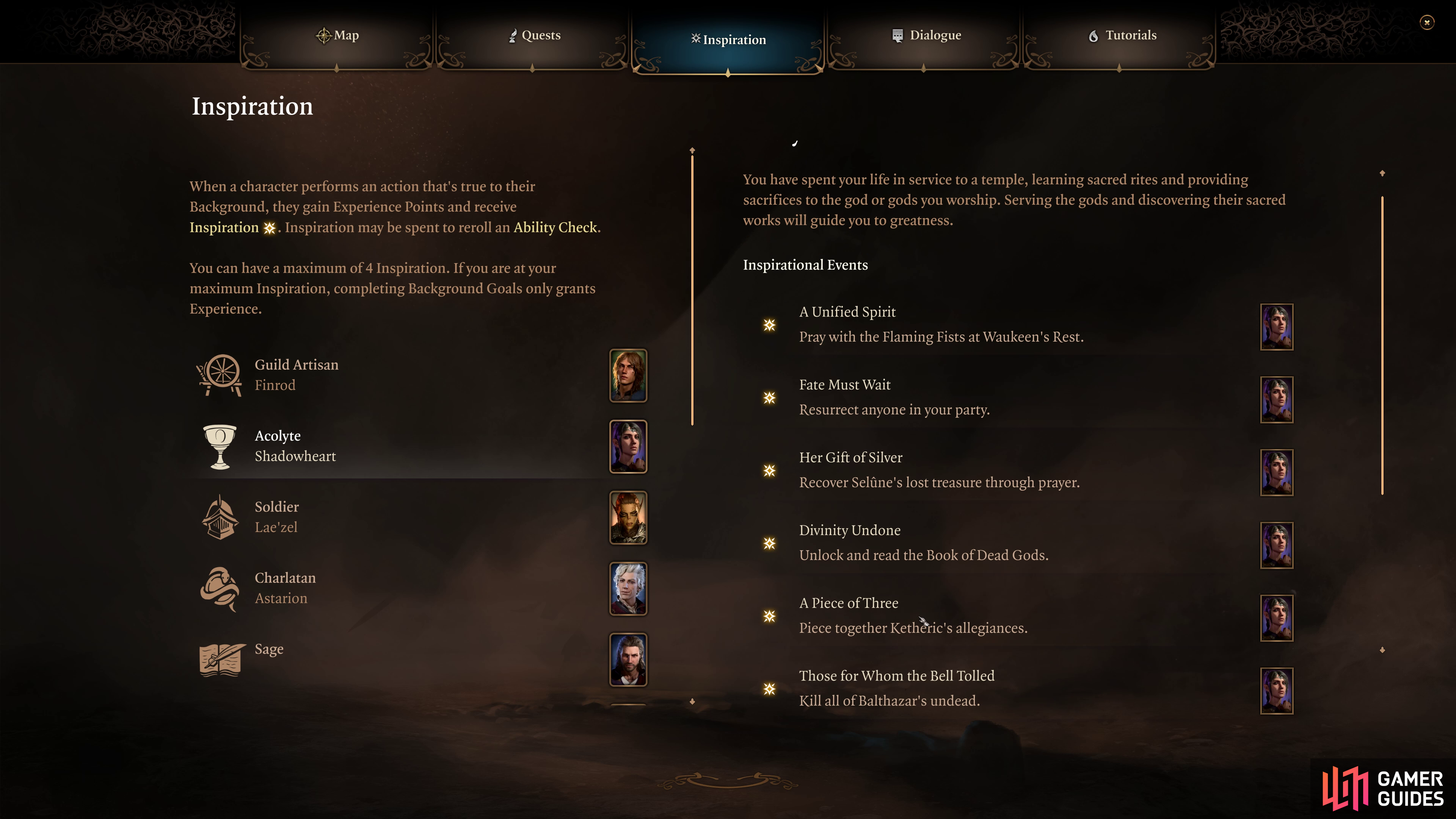
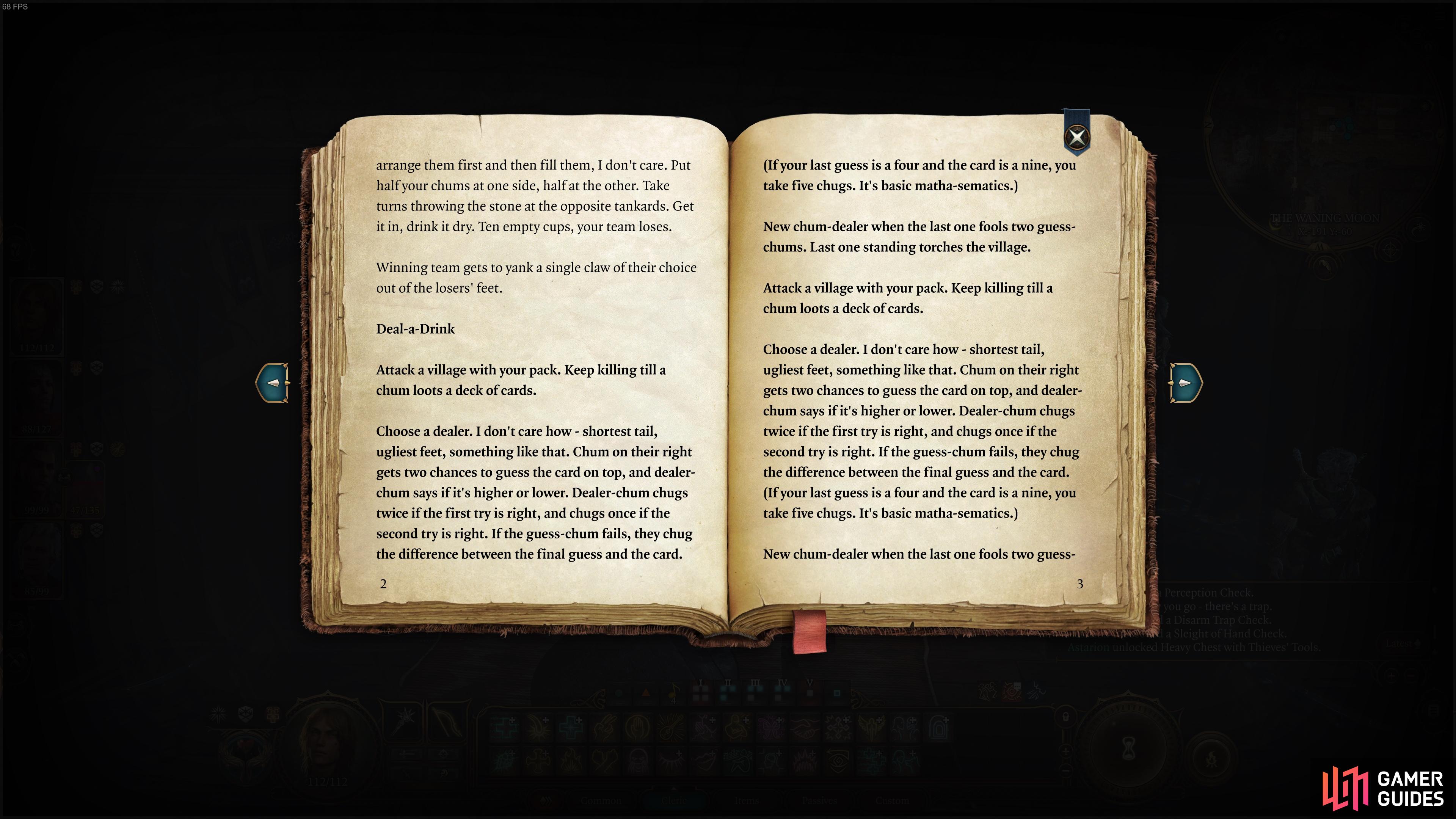
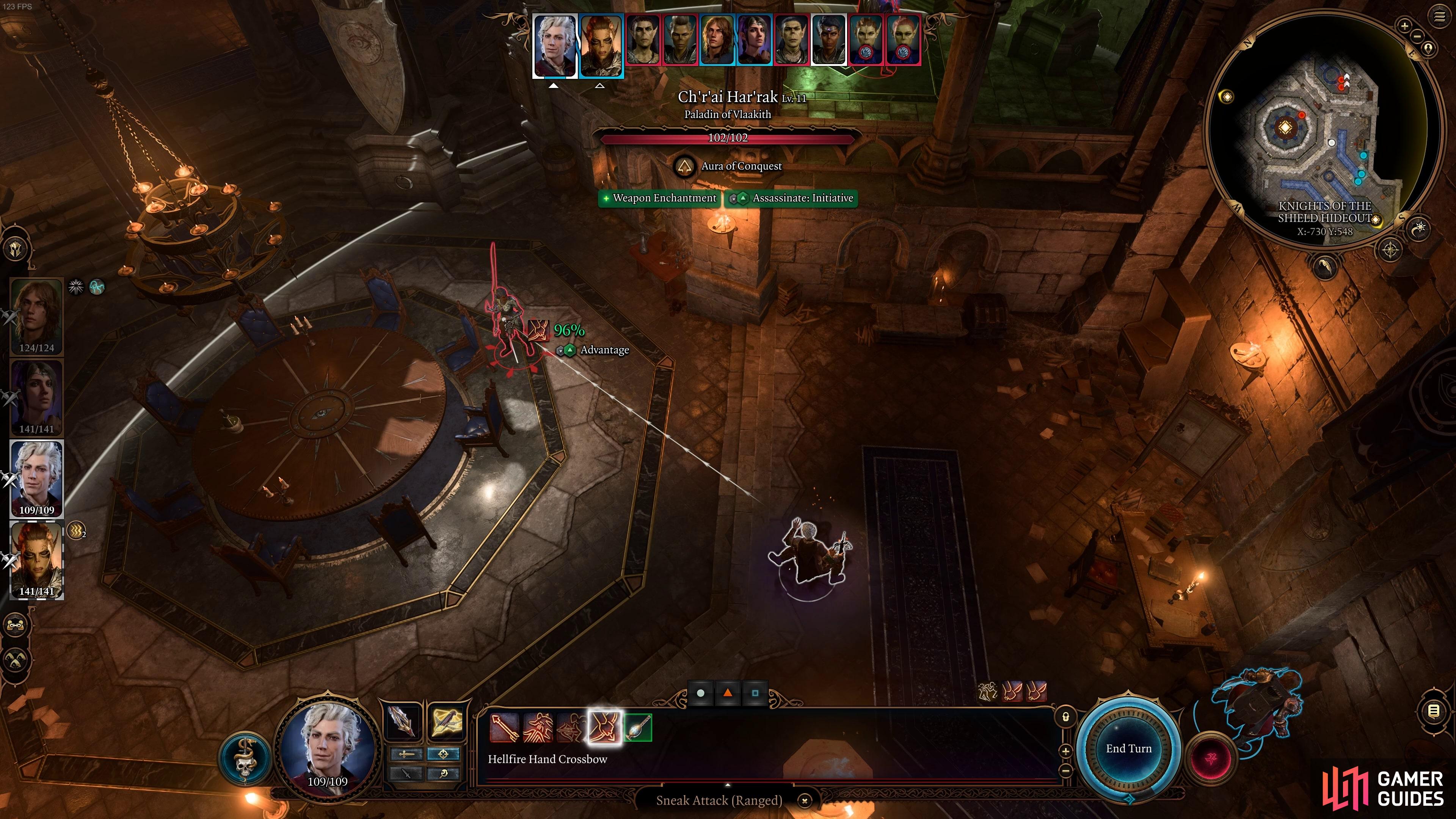
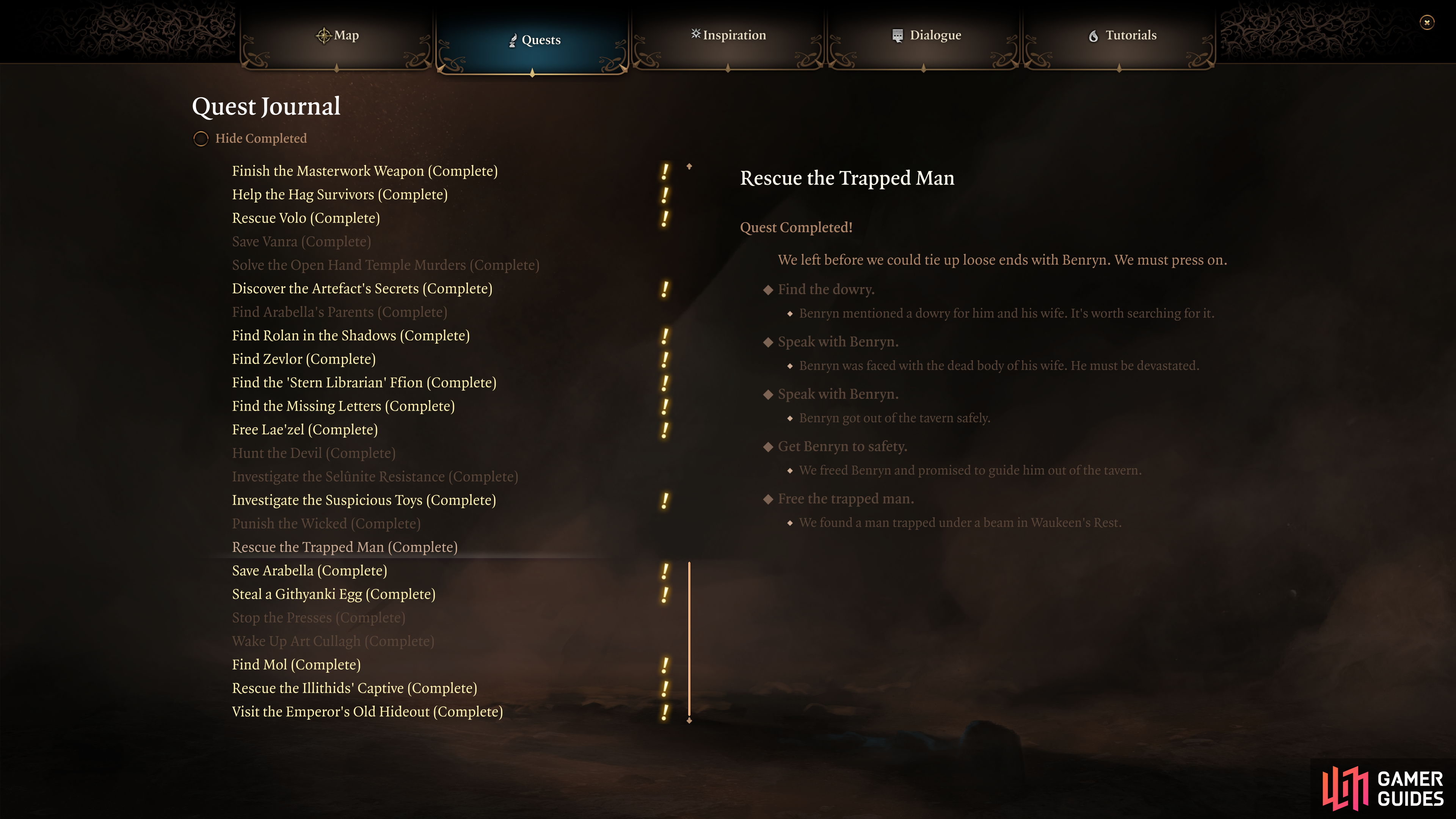

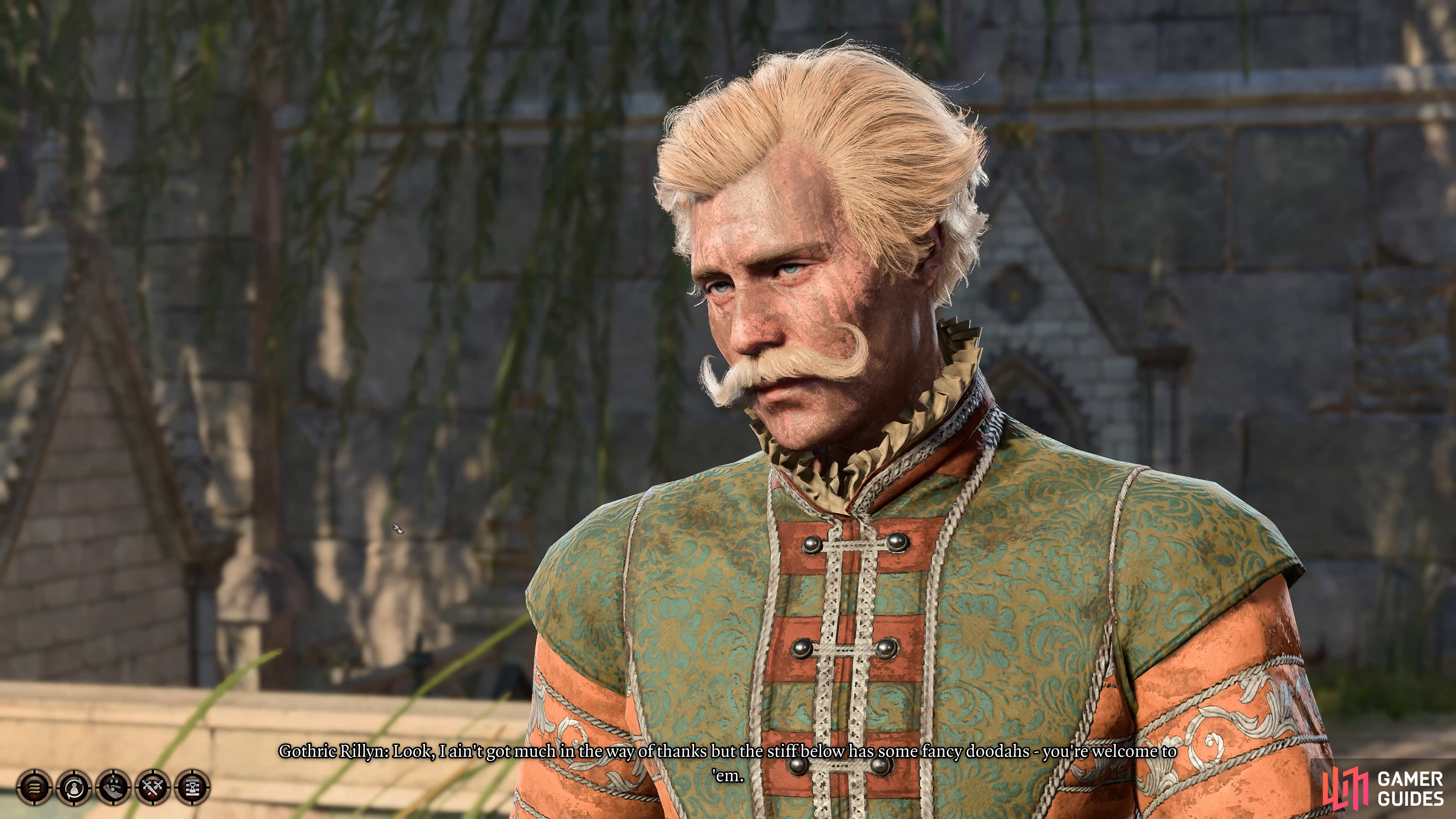
No Comments